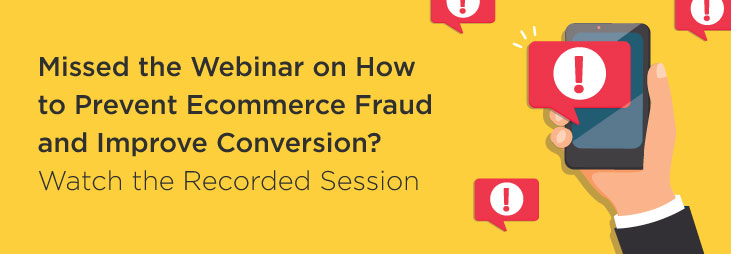While today’s online stores vary in their sizes, product offerings, customer personas, and profitability, one factor that is universal for these retailers is the importance of the conversion funnel. Optimizing this funnel can involve investments in advertising, sales, customer experience, support, and other areas. Yet, despite the time, effort, and money that eCommerce companies devote to crafting the ideal funnel, their efforts are frequently undermined by third parties looking to make money at their expense.
That’s because some unscrupulous actors have realized the potential profitability of using digital tools to distort these funnels. And two of their favorite tools are Customer Journey Hijacking (CJH) and ad fraudBy addressing these two problems, today’s retailers can start to plug the holes in their conversion funnels.
That’s why we at Namogoo decided to work together with NS8 to help retailers understand CJH and ad fraud, the ways these problems threaten eCommerce, and how they can be prevented. Specifically, we teamed up to offer a webinar covering the most important information about CJH and ad fraud for any company looking to protect its investment in online sales. You can now view the on-demand webinar by clicking here.
In this webinar, you will learn:
- How the newest Customer Journey Hijacking and ad fraud techniques target eCommerce companies.
- How emerging AI technologies are working to eradicate ad pollution, CJH, and ad fraud.
- How blocking CJH and ad fraud improves the customer experience and boosts conversion rates.
How do Customer Journey Hijacking and ad fraud jeopardize the conversion funnel?
Customer Journey Hijacking is a strategy in which third-party malware injects ads to appear on a user’s digital device when the user visits an eCommerce website. Although these ads are a result of malware running on the user’s own device, it’s common for shoppers to mistakenly believe they are part of the website they are visiting. The goal of these ads is to manipulate consumers into clicking a link that will take them to a different website.
Injected ads appear during 15-25% of online shopping sessions, and they are especially common during peak shopping periods. All told, they decrease conversion rates by 2-5%, cutting revenue per visit by 5-7%. Namogoo has found that 60-65% of these ads promote products sold at competing stores.
In contrast to CJH, ad fraud involves deceptive practices centered around companies’ promotions that run on third-party websites. Because many businesses are willing to invest heavily in online marketing, some bad actors try to trick them into paying for exposure that their companies never actually receive.
There are a variety of ways that online ad fraud occurs, some of which involve bots mimicking human behavior online. What all of these strategies have in common is that they attempt to use high-tech solutions to trick companies into overpaying for online advertising.



